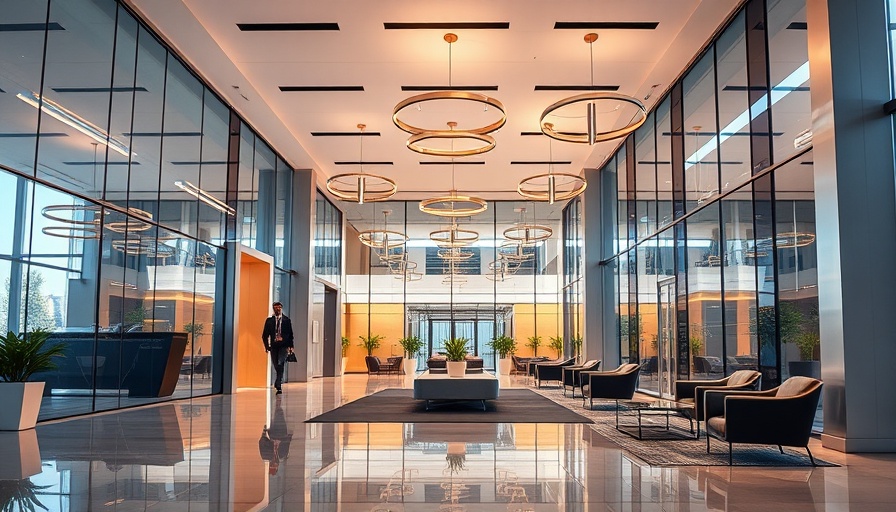
Rethinking the Built Environment: A Flexible Future
The landscape of our workplaces, retail spaces, and other environments is undergoing a dramatic transformation. No longer can we afford to think of these areas as static utilities; instead, we must view them as dynamic ecosystems, designed to adapt to the needs of individuals and organizations alike. From cutting-edge technology to sustainability practices, the future of spaces promises significant shifts in how we engage with our physical surroundings.
Technology at the Core of Workspace Innovation
In recent years, the incorporation of technology in office design has reshaped the way people work. Smart buildings equipped with the Internet of Things (IoT) offer real-time data on space utilization. This technology enables organizations to optimize their spaces based on actual needs, resulting in a 40% savings in workplace planning costs. Additionally, these spaces contribute to a more satisfying work experience, boosting employee morale and productivity.
Cultivating Sustainable Workplaces
As we pivot toward a more sustainable future, the pressures to minimize our environmental impact only intensify. In buildings designed for tomorrow, sustainability is not just a feature—it is a core principle. Elements like energy-efficient systems, green materials, and waste-reduction strategies are becoming the norm rather than the exception. This shift not only fulfills corporate social responsibility but also attracts talent who prioritize eco-friendly workplaces.
Design Trends for 2025 and Beyond
The upcoming years will see design trends focused on enhancing the human experience within spaces. As noted in JLL’s projections for 2025, the importance of a people-centered approach will dominate design conversations. This includes integrating wellness-focused designs into workplaces, which holds the potential to improve overall employee satisfaction by an impressive 40%.
Learning from Innovators: A Case Study
One shining example of this transformative vision is Heriot-Watt University Dubai, which embraced these principles as they crafted a campus tailored for both learning and community engagement. By leveraging JLL’s expertise, the university has created an environment that not only meets educational demands but also fosters a sense of belonging among its students. This project highlights how institutions can lead through innovation and reshape their environments into spaces that encourage learning and collaboration.
Future Risks and Challenges
However, the transition to these future-forward spaces does not come without its challenges. Organizations must navigate the complexities of leadership buy-in, budgeting for technological adaptations, and ensuring that all employees feel included in the process. As businesses look to evolve their spaces, they must be cognizant of the potential workplace toxicity that can arise if changes are introduced without employee feedback or proper support.
Conclusion: Embracing the Future of Spaces
The future of spaces is on the horizon, promising a blend of adaptability, sustainability, and technology-driven innovation. As we look ahead, it is vital for organizations and individuals to embrace these changes, ensuring that our environments not only support productivity but also enhance our overall well-being. By recognizing the enduring value of adaptability and sustainability, we can create spaces that serve not just as offices or shops, but as catalysts for growth and collaboration for all.
 Add Row
Add Row  Add
Add 




 Add Row
Add Row  Add
Add 

Write A Comment